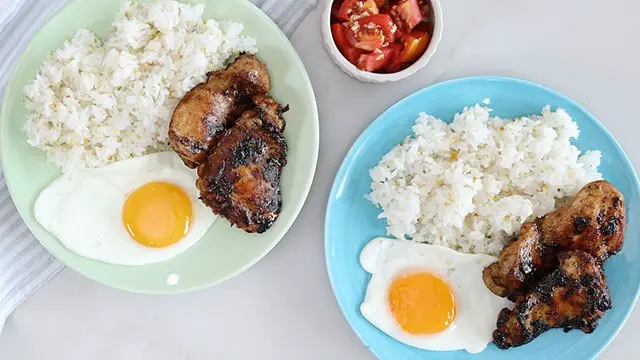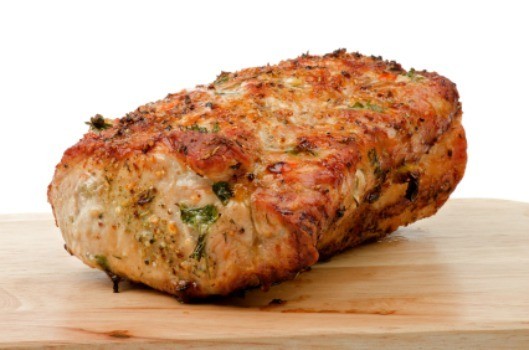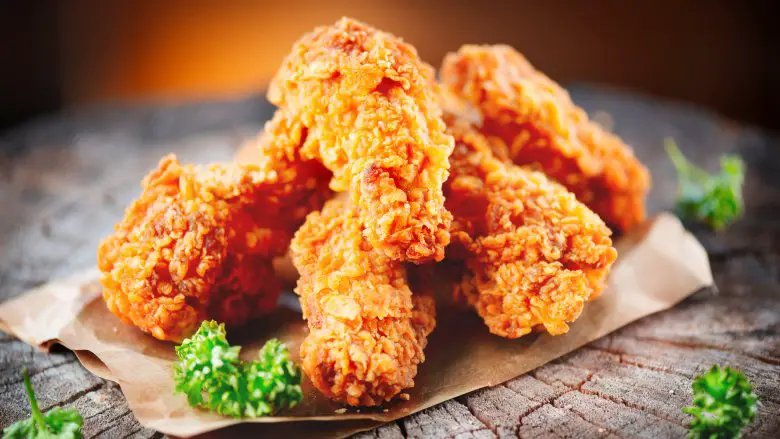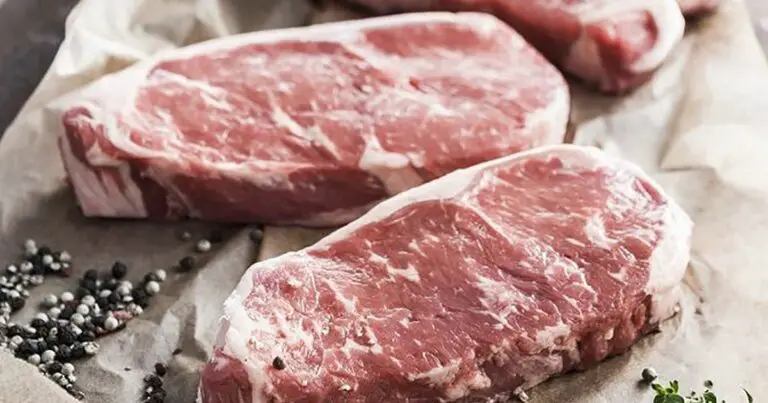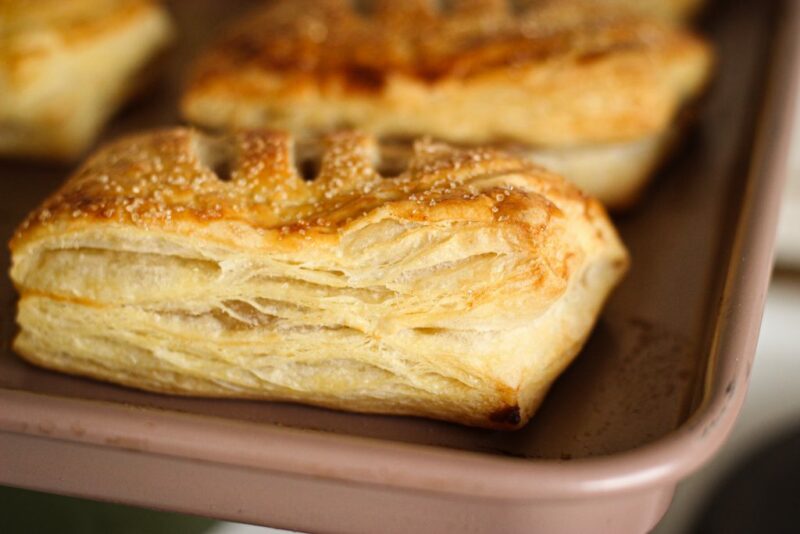When it comes to frying chicken, there are many factors to consider in order to achieve that perfect crispy, flavorful result. One question that often arises is whether or not unbleached flour can be used in the frying process. Unbleached flour, as the name suggests, has not undergone the bleaching process that can affect its texture and color. In this article, we will explore the world of frying chicken with unbleached flour and shed light on its suitability for this popular cooking method.
Key Takeaways
- Frying chicken is a popular cooking method that results in crispy, flavorful poultry.
- Unbleached flour is a type of flour that has not undergone the bleaching process, which can affect its texture and color.
- Using unbleached flour for frying chicken offers potential health benefits as it does not contain any chemical additives or bleaching agents.
- The natural color of unbleached flour can give the fried chicken a slightly darker, golden appearance.
- When frying chicken with unbleached flour, it’s important to pay attention to the frying temperature and cooking time to ensure desired results.
The Basics of Frying Chicken
When it comes to frying chicken, there are a few key steps to achieving that crispy, delicious coating. First, the chicken pieces are typically coated in a seasoned flour mixture. This coating not only adds flavor but also helps to create that coveted crunchy texture.
Once the chicken is coated, it’s time to deep-fry it in hot oil. Deep-frying involves submerging the chicken in oil that is hot enough to cook it quickly and evenly. This high heat allows the coating to become golden brown and crispy while sealing in the juices, resulting in tender and succulent meat.
While all-purpose flour is commonly used for frying chicken, some recipes call for other types of flour, such as unbleached flour. The use of unbleached flour can add a unique flavor and texture profile to the fried chicken, giving it a slightly nutty or earthy taste. So, if you’re looking to experiment with different flavors and textures, using unbleached flour in your fried chicken recipe might be worth a try.
Benefits of Using Unbleached Flour for Frying Chicken
When it comes to frying chicken, opting for unbleached flour can offer several benefits. Not only is it considered a healthier option, but it also retains its natural color, adding a beautiful golden hue to your fried chicken. Let’s explore the advantages of using unbleached flour for frying chicken.
1. Healthier Option: Unbleached flour is often considered a healthier alternative to bleached flour because it doesn’t contain any chemical additives or bleaching agents. This makes it a great choice for those who prefer a more natural approach to cooking.
2. Natural Color: Unlike bleached flour, unbleached flour retains its natural color, which can give your fried chicken a slightly darker, golden appearance. This visually appealing color can make your dish more enticing and appetizing.
3. Unique Flavor Profile: Unbleached flour can contribute to the overall flavor profile of your fried chicken. It adds a subtle nuttiness or earthiness that enhances the taste and makes your dish stand out. This unique flavor can elevate your fried chicken to a whole new level.
| Benefits of Using Unbleached Flour for Frying Chicken |
|---|
| Healthier Option |
| Natural Color |
| Unique Flavor Profile |
Considerations When Frying Chicken with Unbleached Flour
When it comes to frying chicken with unbleached flour, there are a few important considerations to keep in mind. One of the key factors is the frying temperature. It’s crucial to maintain a consistent temperature throughout the frying process to ensure that the chicken cooks evenly and develops a crispy crust. Too low of a temperature can result in greasy and soggy chicken, while too high of a temperature can lead to burnt coating and undercooked meat.
Another consideration is the cooking time. Because unbleached flour may take slightly longer to achieve the desired level of crispiness, it’s important to monitor the chicken closely and adjust the cooking time accordingly. A good tip is to use a meat thermometer to check the internal temperature of the chicken to ensure it reaches a safe level while maintaining the desired texture.
Experimenting with different flour mixtures can also enhance the flavor and texture of the fried chicken. Consider combining unbleached flour with other types of flours, such as cornmeal or rice flour, to create a unique coating. Adding herbs and spices to the flour mixture can also elevate the taste profile of the dish.
Table: Frying Temperature and Cooking Time Guidelines
| Frying Temperature | Cooking Time |
|---|---|
| 325°F (163°C) | 12-15 minutes |
| 350°F (177°C) | 10-12 minutes |
| 375°F (191°C) | 8-10 minutes |
By keeping these considerations in mind and experimenting with different flour mixtures, you can achieve deliciously crispy fried chicken using unbleached flour. The unique flavor and texture that unbleached flour brings to the dish will add a delightful twist to this classic comfort food.
Tips for Achieving Perfectly Fried Chicken with Unbleached Flour
When it comes to frying chicken with unbleached flour, there are a few key tips that can help you achieve crispy, delicious results. Here are some expert recommendations to take your fried chicken game to the next level.
1. Season and spice up your flour coating: The flour coating is not only responsible for creating a crispy crust but also for imparting flavor to the chicken. Be sure to season your flour with a blend of spices, herbs, and salt to enhance the taste of your fried chicken. Experiment with different flavor combinations to find your favorite.
2. Pat dry the chicken before coating: Before dredging the chicken in the flour mixture, make sure to pat it dry with paper towels. Removing excess moisture from the chicken will help the flour coating adhere better, resulting in a crispier crust. Moisture can create steam during frying, affecting the texture of the coating.
3. Maintain a consistent frying temperature: To achieve perfectly fried chicken, it’s important to maintain a consistent frying temperature. Fluctuations in temperature can result in uneven cooking and an inconsistent texture. Use a thermometer to monitor the oil temperature and make adjustments as needed to keep it steady.
4. Let the chicken rest on a wire rack: Once the chicken is fried to perfection, allow it to rest on a wire rack. This allows any excess oil to drain away and helps to keep the fried chicken crispy. Avoid resting the chicken on paper towels, as they can create a moist environment that compromises the crunchiness of the coating.
| Tips for Achieving Perfectly Fried Chicken with Unbleached Flour | |
|---|---|
| 1. | Season and spice up your flour coating |
| 2. | Pat dry the chicken before coating |
| 3. | Maintain a consistent frying temperature |
| 4. | Let the chicken rest on a wire rack |
Delicious Recipes for Frying Chicken with Unbleached Flour
Are you ready to discover the mouthwatering world of frying chicken with unbleached flour? Look no further! We’ve curated a collection of delectable recipes that showcase the unique flavor and texture that unbleached flour can bring to your fried chicken dishes.
1. Classic Southern Fried Chicken: Dive into the rich culinary heritage of the South with this timeless recipe. The combination of unbleached flour and a carefully seasoned coating creates a golden, crispy crust that encases tender, juicy chicken. Serve with a side of coleslaw and cornbread for a true Southern feast.
2. Spicy Buttermilk Fried Chicken: Give your taste buds a fiery kick with this zesty twist on traditional fried chicken. The tangy buttermilk marinade combined with a spiced unbleached flour coating adds a burst of flavor to every bite. Serve with a cooling dipping sauce to balance the heat.
3. Herb-Crusted Fried Chicken Tenders: Elevate your chicken tender game with this herb-infused recipe. A delicate blend of unbleached flour, fresh herbs, and seasonings creates a flavorful coating that perfectly complements the tender chicken inside. Serve with your favorite dipping sauce and a side of crispy fries for a crowd-pleasing meal.
Get ready to tantalize your taste buds and impress your guests with these irresistible fried chicken recipes using unbleached flour. Whether you’re a fan of classic flavors or seek adventurous culinary experiences, these dishes are sure to satisfy your cravings and elevate your fried chicken game to new heights.
FAQ
Can I fry chicken with unbleached flour?
Yes, you can fry chicken with unbleached flour. It can be used as an alternative to all-purpose flour to create a unique flavor and texture profile.
What is the difference between unbleached flour and bleached flour?
Unbleached flour has not undergone the bleaching process, which can affect its texture and color. It retains its natural color and does not contain any chemical additives or bleaching agents.
How does using unbleached flour affect the appearance of fried chicken?
Using unbleached flour can give the fried chicken a slightly darker, golden appearance compared to using bleached flour.
Does using unbleached flour affect the flavor of fried chicken?
Yes, using unbleached flour can contribute to the overall flavor profile of fried chicken, adding a subtle nuttiness or earthiness.
Are there any adjustments needed when frying chicken with unbleached flour?
When using unbleached flour, it’s important to pay attention to the frying temperature and cooking time. It may take slightly longer to achieve the desired level of crispiness.
What are some tips for achieving perfectly fried chicken with unbleached flour?
To achieve perfectly fried chicken with unbleached flour, ensure that the flour coating is well-seasoned, pat the chicken dry before dredging, maintain a consistent frying temperature, and allow the chicken to rest on a wire rack after frying.
Are there any delicious recipes for frying chicken with unbleached flour?
Yes, numerous delicious recipes are available for frying chicken with unbleached flour. These recipes often showcase the unique flavor and texture that unbleached flour can bring to the dish.
